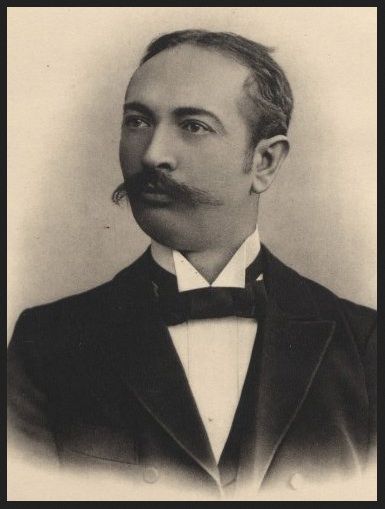Józef Piłsudski in German prisons

Wesel, 6th to 23rd August 1917
On August 6th, Piłsudski and Sosnkowski were again moved seperately to the fortress in Wesel on the Lower Rhine near the border to Holland. Built around the turn of the 17th to the 18th century, it was one of the largest fortifications in the Rhineland. Today it is used as a cultural centre. Prison conditions were better here. The commander of the fortress even protested on behalf of Piłsudski because he considered it illegal to intern persons who were neither under investigation nor had been sentenced to imprisonment. Years later, in a conversation in Geneva, Piłsudski asked the German Foreign Minister Gustav Stresemann to send his regards to the commanding officer of the fortress.
Shortly before the two Poles entered the fortress in Wesel, Lieutenant Colonel Nothe, the Chief of Staff to the Warsaw Governor General, made a statement about the reasons for the internment. He wrote:
“(…) the reason for their arrest and internment is that the secret military organization (POW), led by Piłsudski with the aid of Sosnkowski, showed ultranationalist tendencies, and given the circumstances these were also directed against the occupying power.” Furthermore, according to Nothe, “Piłsudski is one of the most important political personalities in Poland, and is regarded by the people as a national hero because he was the founder and leader of the Legions.”
Although both men were not accused of any crime, Nothe ordered Piłsudski to be closely monitored. He warned that he was an adventurous man who was capable of escaping. His blindly devoted aide Sosnkowski must also be held under observation.
Piłsudski stayed for little more than two weeks in Wesel. His premature transfer to Magdeburg is said to have been the work of Poles who were protesting and demanding his release.




![Flyer to protest against the illegal internment of Piłsudski, 1917 Flyer to protest against the illegal internment of Piłsudski, 1917 - Flyer: On Sunday 29th of this month we will gather in front of the Adam Mickiewicz Monument at 11 am to protest against the illegal internment of Commander Józef Piłsudski and Chief of Staff of the First Brigade, Lieutenant Colonel [Kazimierz]. Sosnkowski](/sites/default/files/styles/width_100_tiles/public/assets/images/obywatele-obywatelki-inc-dnia-29-bm-w-niedziele-zbieramy-sie-o-godz-11-rano-na-0_kopie.jpg?itok=hxoxe_Lq)














































